The Turkish Angora: Meet This Majestic Cat!


Imposing and regal, the Turkish Angora cat is beautiful and intelligent, with roots that penetrate deep into history.
With its long, silk-soft coat, brilliant eyes, and agility, many hearts have been won. The article intends to cover all the particulars of your Turkish Angora, from history to grooming and personality requirements.
So, whether you are planning to get one or just want some interesting snippets of info on the breed, this article promises a thoroughly detailed insight into the Turkish Angora.
Breed Overview:

| Category | Details |
| Origin | Turkey |
| Coat Length | Long, silky, and fine |
| Coat Colors | White is the most common, but they can also be black, tabby, or tortoiseshell |
| Personality | Playful, intelligent, and affectionate |
| Size | Medium to large |
| Lifespan | 12 to 16 years |
| Exercise Needs | High |
| Grooming Needs | Moderate to high |
| Health | Generally healthy, but may have some genetic issues |
| Hypoallergenic | Yes, to a degree |
Origins Of The Breed
An ancient breed, the Turkish Angora is rich in history and fascinating, dating to culture in Turkey far back in ancient times.
The breed is said to have originated in the country’s mountainous regions, with special reference to what is now the capital city of Ankara, formerly known as Angora. The breed was highly cherishable by the Turkish people and favored among royalty and aristocrats.
Historically, the Turkish Angora cat could be seen moving about without restraint in central Anatolia.
With Western minds gradually wooing the beauty and elegance of the breed, the Turkish Angora was brought into Europe and North America.
The Cat Fanciers Association recognized the Turkish Angora in 1978, and it has since become one of the most revered breeds in the whole world.
From another perspective, the breed’s development was highly impeded by the fact that the cat was admired in open and well-attended cat shows and competitions internationally from the last quarter of the 20th century.
Today, they rank among the most passionate breeds, particularly for people who appreciate liveliness and beauty.
Personality And Temperament
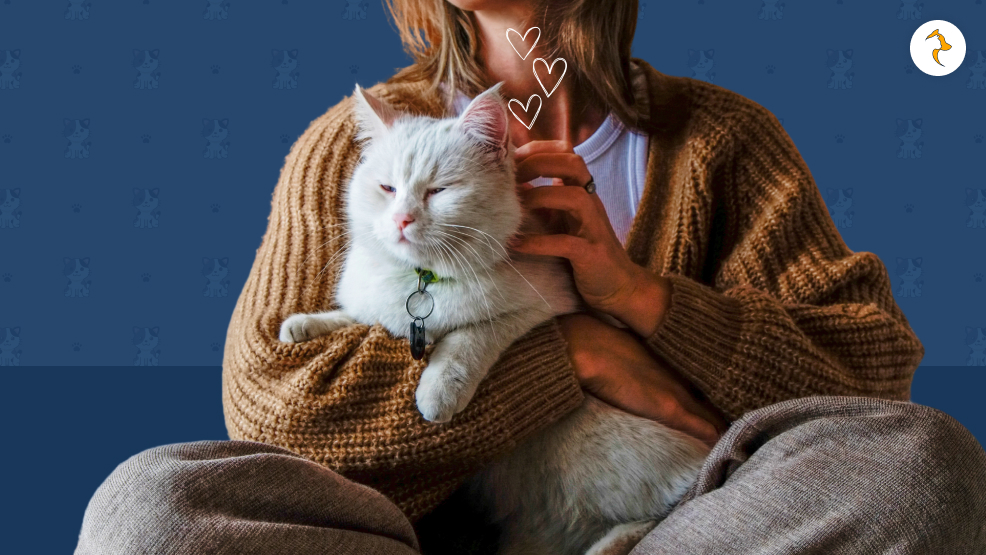
This active, playful, and intelligent breed is full of temperament. These cats require a lot of playtime and mental stimulation; their very nature provides plenty of energy.
The Turkish Angora likes to hang out with their human companions, making them excellent pets for families or individuals who want a loving and active companion.
While they are playful, they also manifest independence. They are certainly not the type of cat that requires uninterrupted attention, but they will readily accept all the socialization and cuddling you have to offer when they feel like it.
This blend of affectionate and independent qualities makes this breed one to consider for someone looking for a cat with its mind but not wanting one that will constantly cling to them.
Turkish Angoras possess quite a lovely “talkative” behavior. They may not be quite as loud as many other breeds, but Turkish Angoras are known to “talk” to their owners if they desire to be petted or fed. Their adorable little chirps and meows increase their appeal tenfold!
Grooming Needs
Turkish Angoras flaunts a breathtaking coat that is overall long and silky, requiring daily grooming like everything else beautiful.
Unlike most long-haired cats, a Turkish Angora’s fine silk-soft coat does not form mats easily. However, brushing at least once or twice a week is still necessary to prevent tangles or mats from developing.
When combing a Turkish Angora, wide-tooth combs should be made gently for detangling. Another thing that should be included in the grooming routine is checking your ears, teeth, and nails.
Pakistani Angoras do not require much grooming. Usually, they do a pretty good job by themselves. However, some assistance from the owner is important to help keep their coat shiny and healthy.
A hand brush when they are shedding, during spring and autumn, will help to remove any dead hairs, preventing excess shedding around the house while also keeping the cat’s coat in excellent health and condition.
Health Care And Fitness

The breed is generally healthy and hardy but is known to have some specific genetic diseases. Sudden deafness is one of the most common issues in this breed, especially noticed more frequently in white Turkish Angoras.
Regular checks by the veterinarian are needed to ensure health monitoring and to address health concerns as they come.
Actively participating, Turkish Angoras enjoy physical exercise and keeping up with activities stimulating their mind.
Agile and lovely climbers, jumpers, and explorers, lots of things need to be put on stimulating activity and sheer fun: toys, scratching posts, and climbing structures.
Interactive playtime, which encourages the burning of energy, is another one. Turkish Angoras particularly love to involve in games that mimic the action of small prey-e.g., feather wands and laser pointers.
Putting many options for play in front of your Turkish Angora will help keep them happy and entertained.
Diet And Nutrition:
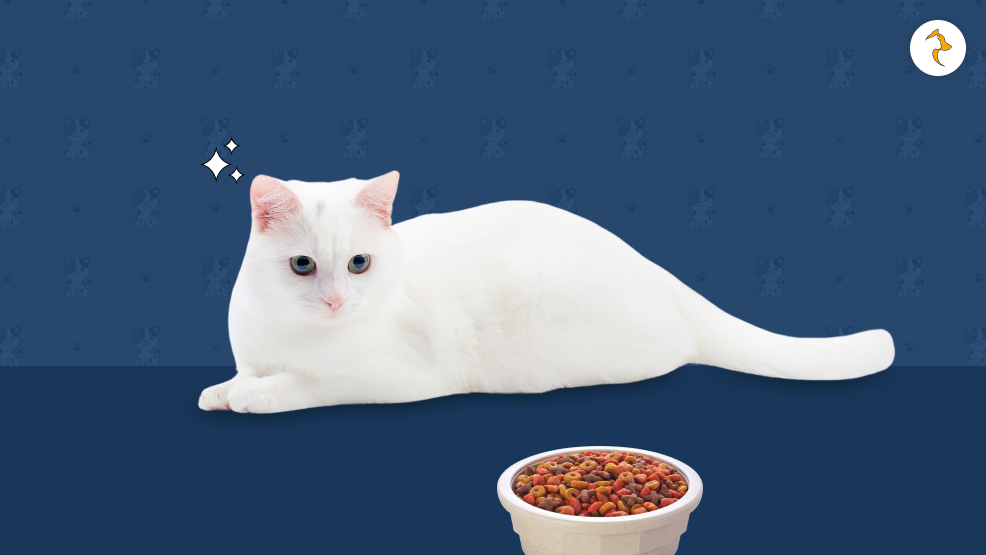
A well-balanced diet is the best assurance for the good health and welfare of Turkish Angora.
The metabolism is moderate to high; therefore, the owner should feed this breed good protein-rich food to help them maintain an active lifestyle. An ideal diet should include animal-based protein, healthy fats, and good nutrients.
Some Turkish Angoras are also known to be sensitive to certain foods or have allergies, so it is wise to keep the food in check should any changes be required.
To ensure proper nutrition, offering multiple small meals throughout the day rather than two larger meals (morning and evening) will be beneficial. Consulting with your vet is the best way to develop a good feeding regimen and diet for your cat.
How To Recognize A Turkish Angora Cat?
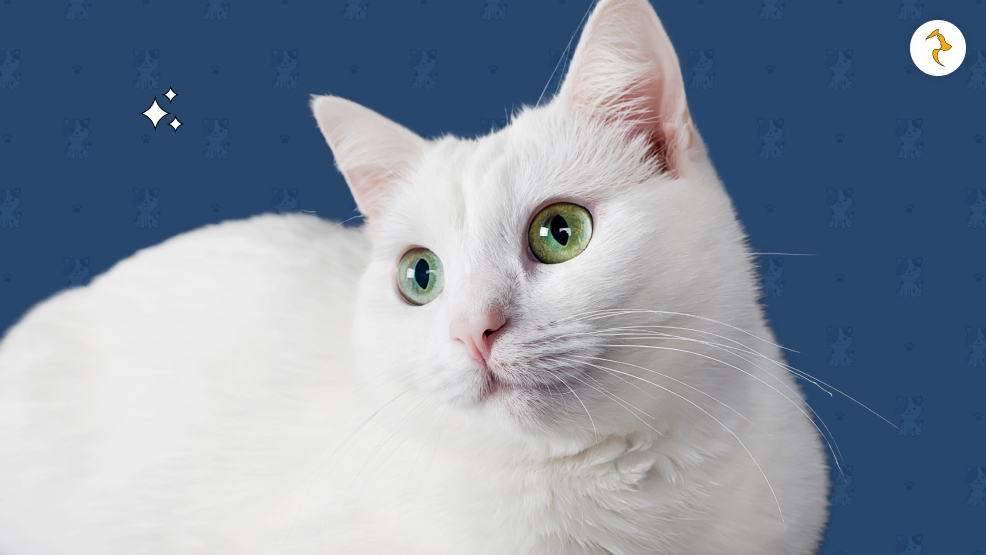
If you could find it cool, identifying the Turkish Angora cat becomes easy. Sturdy to large-sized cats and with a graceful and elegant build.
This breed (whose primary identifying characteristics include the long, silky coat, usually pure white but appearing in all colors and patterns) is best to identify.
Physically, they are characterized by long, slender bodies and legs with large, almond-shaping eyes, ranging from green to blue to amber.
With large pointy ears to contribute to the regal body structure, almost lithe yet powerful build that just emphasizes their agility and richness.
Are Turkish Angora Cats Rare?
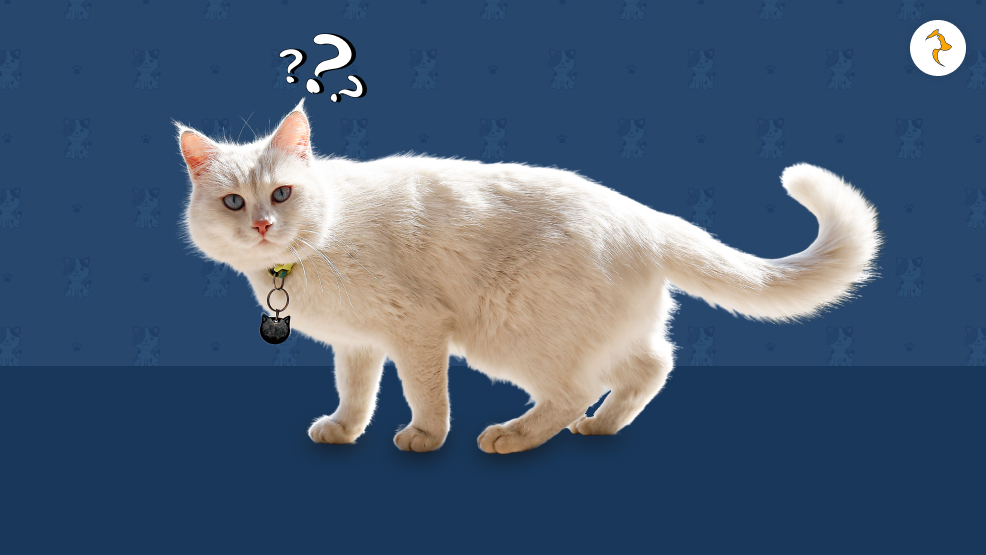
Thus, compared to the other breeds, such as Persians or Siamese, Turkish Angoras are rare but not as rare as people assume them to be.
They are even more common at home in Turkey and Europe than in the United States, where they are classified as rare for some color combinations and their unique eye color.
Are Turkish Angora Cats Hypoallergenic?
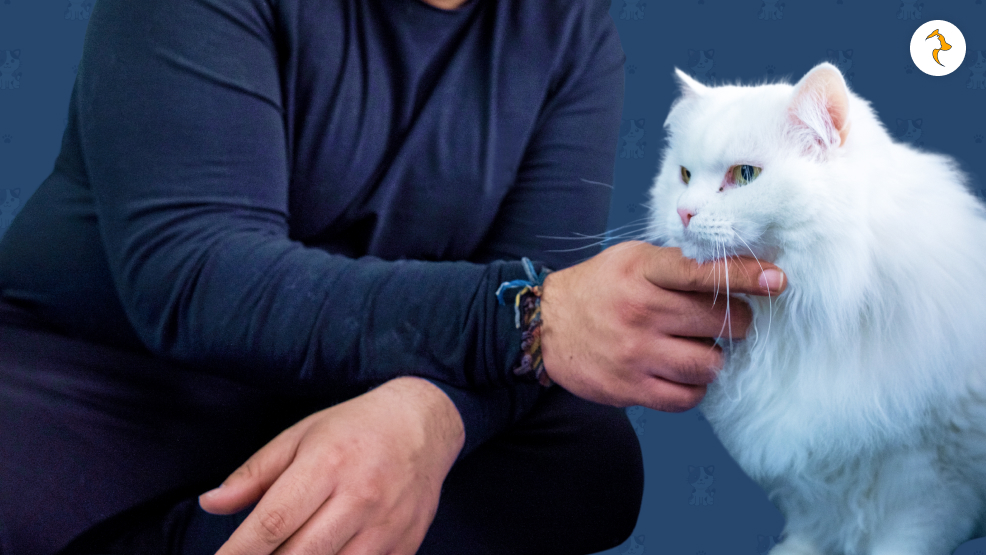
Of their hypoallergenic characteristics, Turkish Angoras are partially hypoallergenic. No feline is entirely hypoallergenic.
But Turkish Angoras are said to produce lesser amounts of the allergenic protein Fel d 1, which is the source of allergies in humans, comparing to many other breeds, especially long-haired breeds.
However, this doesn’t guarantee that cat allergy sufferers would not have symptoms. Spending a little time with a Turkish Angora before adopting it is an advised step for consideration.
Price of Turkish Angora
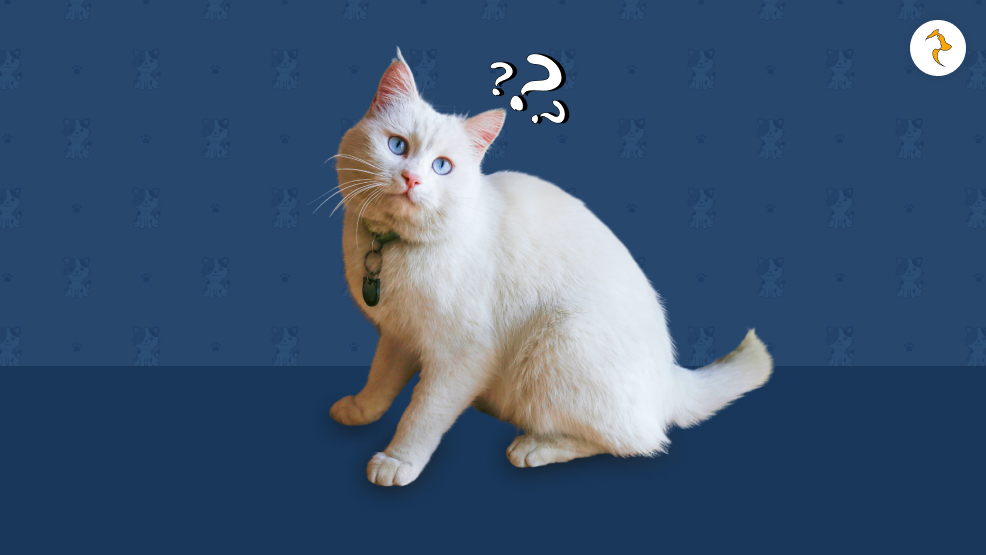
Many factors affect how much a Turkish Angora may cost- pedigree, coloring, and whether for pet or show. The average price generally varies between $600 and $1,200.
Rare models and champion-line cats will be more expensive. Remember to visit ethical breeders responsible for breeding the cat’s welfare.
Turkish Angora Kittens
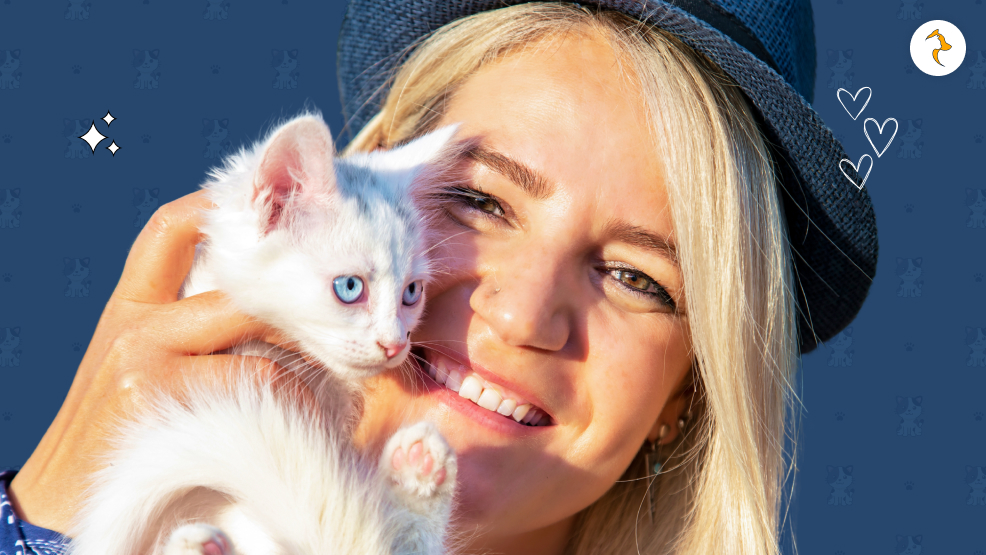
Having a Turkish Angora kitten brings so much happiness home. Expect much bouncing, if not a little bounce around.
Begin socializing with your kitten immediately, ensuring your little fur friend grows into a well-adjusted adult.
Turkish Angoras are very close-knit within their human families, and they must start healthy and early socialization, stimulation, affection, and companionship.
Are Turkish Angora Cats Curious About Water?

Curiously, the Turkish Angora has a relationship with water that tends to be one of the most interesting of all its features.
While Turkish Angoras have been known to enjoy playing in or near water, most cats will just step away from it.
It walks right into the bathtub and enjoys all the running water it can play with. It probably comes from being bred in highlands, with flowing streams and lakes.
Is The Turkish Angora For You?
The Turkish Angora is a striking and lively breed with a captivating history and charming character.
Whatever attracts you- really their stunning looks, mischief energy, and sharp wit- a Turkish Angora is a fine help to give a family a good fit.
To help your Turkish Angora thrive in their new home, learn about grooming principles, healthcare requirements, and overall temperament.
FAQs
Here are a few questions or queries that are asked by many cat enthusiast and a first time pet parent of a Turkish angora cat. So, you can check them out to see if they are of any significance to you.
Turkish Angoras are good pets: affectionate, intelligent, and acrobatic. Turkish Angoras are quite terrific pet choices for families or people that can give them ample attention, exercise, and mental stimulation.
Both are beautiful breeds to have as pets but differ in temperament. The more active and playful Turkish Angora and Persians normally tend to be quieter and calmer. Thus, it all comes down to personal preference regarding the type of personality you desire in a cat.
Turkish Angoras exhibit moderate shedding, especially in spring and fall. Their fur looks good when regularly groomed, thereby minimizing shedding.
Yes. Turkish Angoras are rare in the USA comparing to other much more common breeds, such as Siamese or Persian cats.
High energy is a con for Turkish Angoras since it requires much attention and exercise and keeping them consumes considerable time.
Turkish Angoras do not customarily prove aggressive; However, in the event of having their territory on the premises threatening, they could show some aggression.
Smart. They can learn tricks or commands in virtually no time at all.
Unlike other calm breeds, Turkish Angoras are quite active and playful but love to be cuddled when not busy exploring.

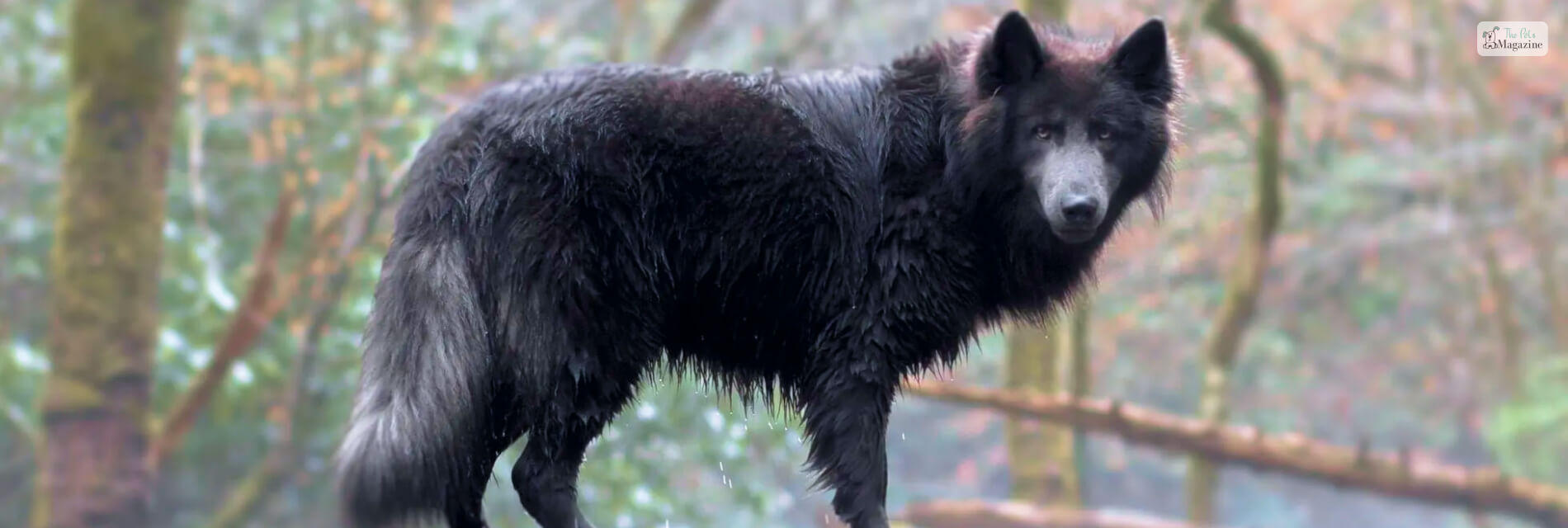


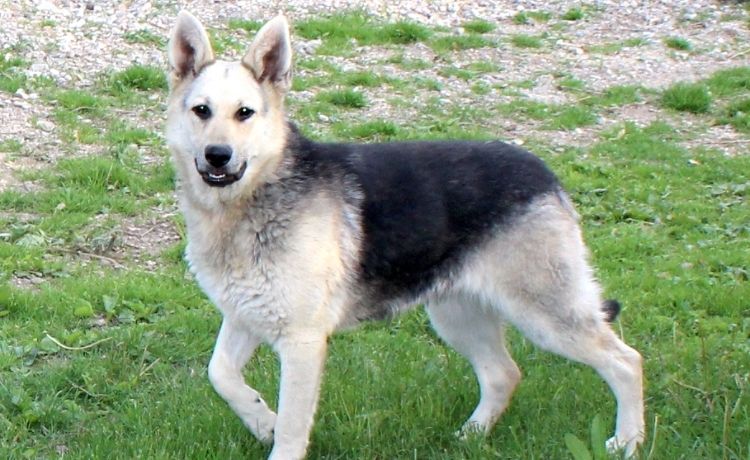

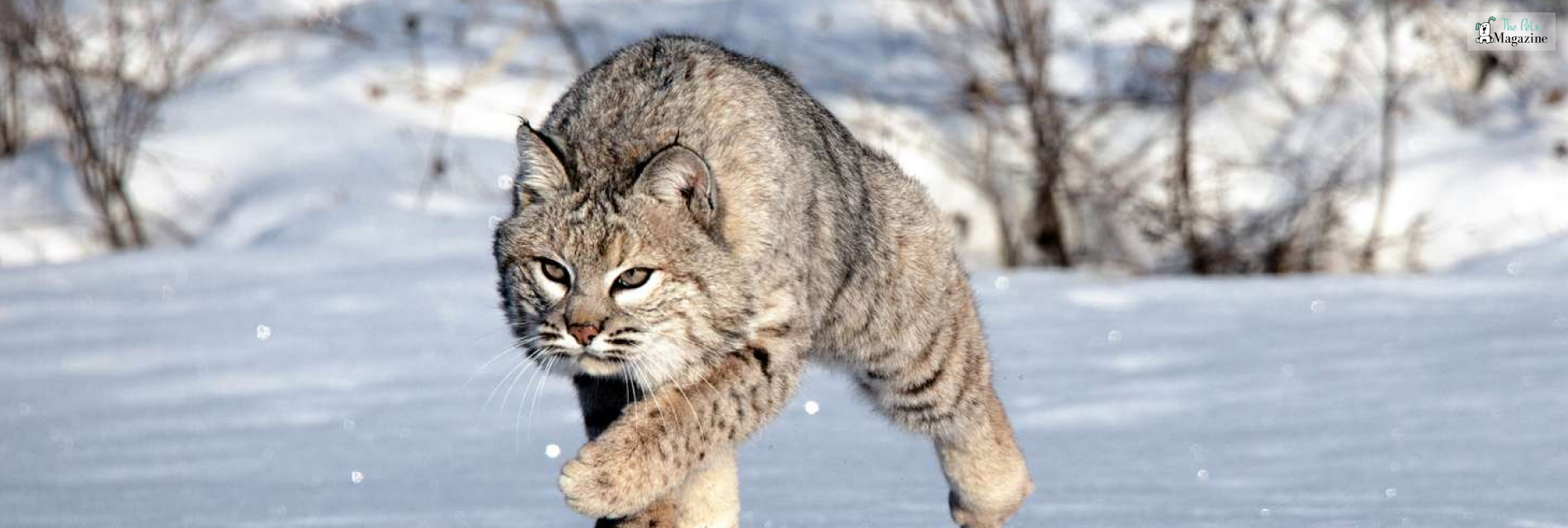

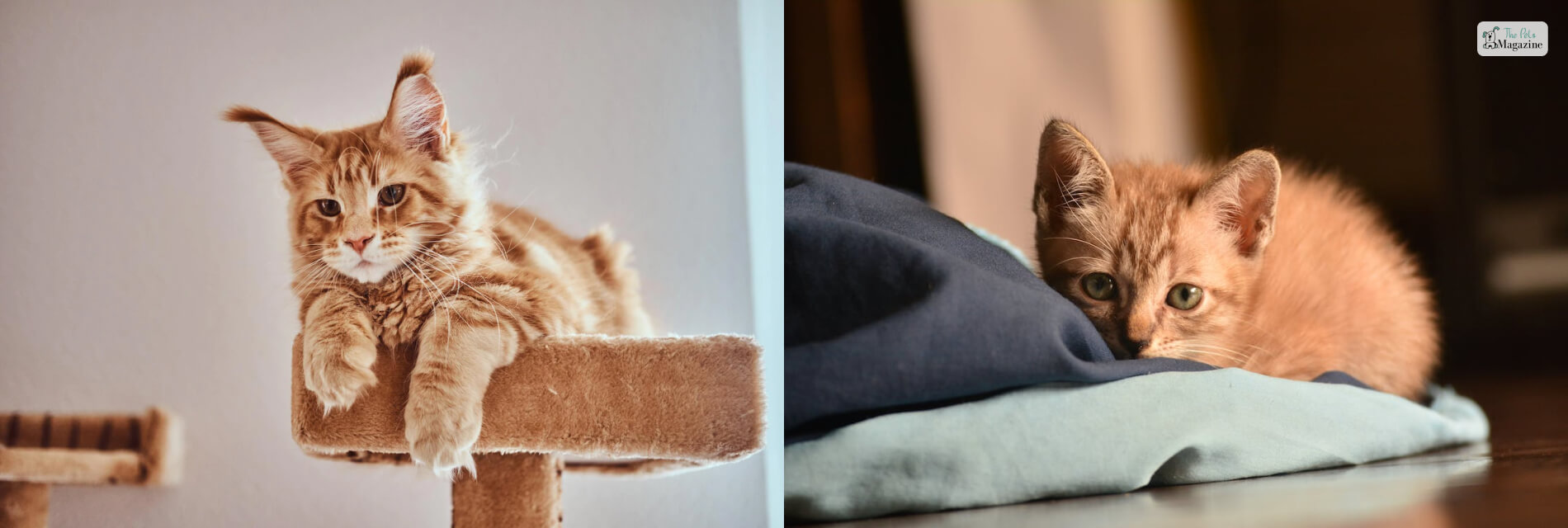
Leave A Comment